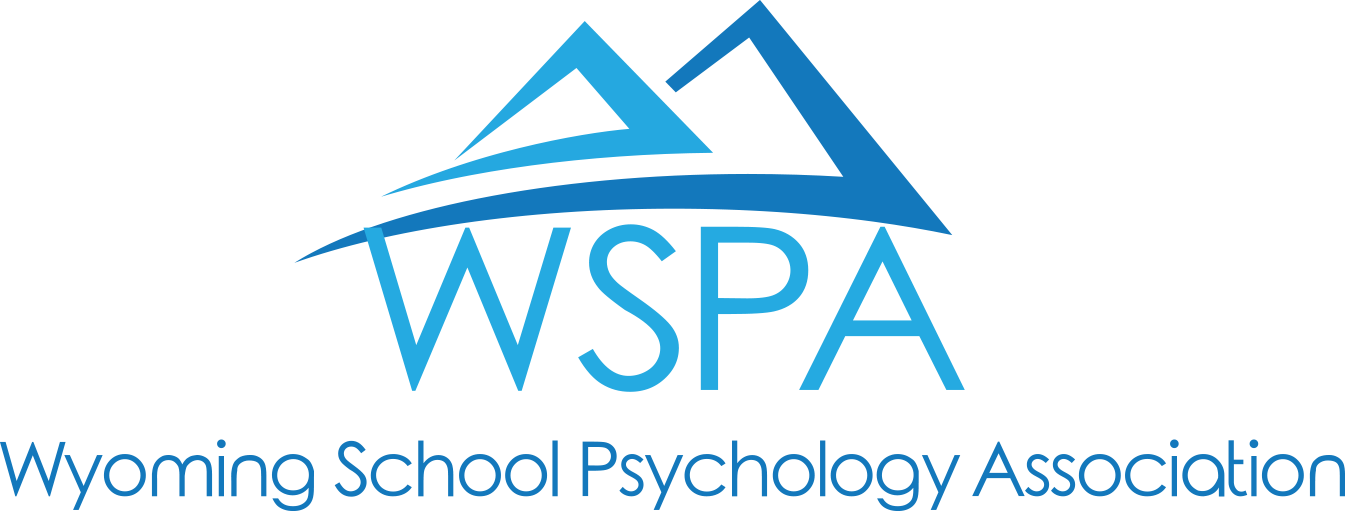Dyslexia Awareness Month
Blog Post Written by David Briggs
As it is dyslexia awareness month, it should be beneficial to review two basic concepts related to dyslexia; the definition of the condition and the specific areas to assess when it is suspected. As noted by the International Dyslexia Association, dyslexia is “a specific learning disability that is neurobiological in origin. It is characterized by difficulties with accurate and/or fluent word recognition and by poor spelling and decoding abilities. These difficulties typically result from a deficit in the phonological component of language that is often unexpected in relation to other cognitive abilities and the provision of effective classroom instruction. Secondary consequences may include problems in reading comprehension and reduced reading experience that can impede growth of vocabulary and background knowledge.” Thus, when performing evaluations, we should ensure the following areas are assessed: Phonological Awareness, Phonological or Language-Based Memory, Rapid Automatic Naming, Receptive Vocabulary, Phonics Skills, Decoding, Real and Nonsense Words, Oral Reading Fluency, Single Words, Sentences and Paragraphs, Spelling, Writing, and Sentence and Paragraph Level proficiency.
Sources
- Lowell, S. C., Felton, R. H., & Hook, P. E. (2014). Basic facts about assessment of dyslexia: Testing for teaching, Baltimore, MD: The International Dyslexia Association.
- Lowell, S. C. (2011, Summer). Best practices in reading instruction: An international effort. Perspectives on Language and Literacy, 37(3).
- Moats, L. C. & Dakin, K. E. (2008). Basic facts about dyslexia and other reading problems, Baltimore, MD: The International Dyslexia Association.
- Shaywitz, S. E., Escobar, M. D., Shaywitz, B., Fletcher, J. M., & Makuch, R. (1992, February). Evidence that dyslexia may represent the lower tail of a normal distribution of reading ability, 326(3), 145–50.
- The International Dyslexia Association

Recent Comments